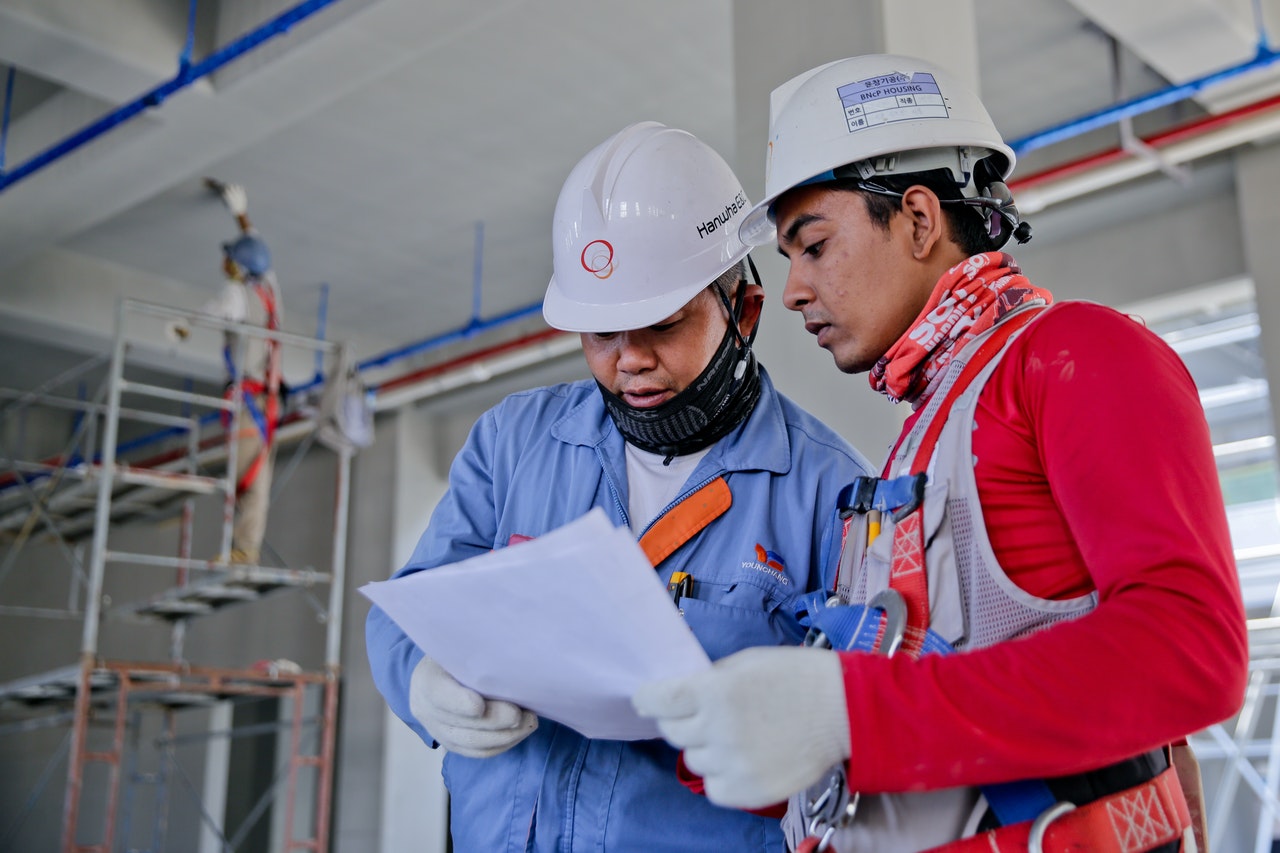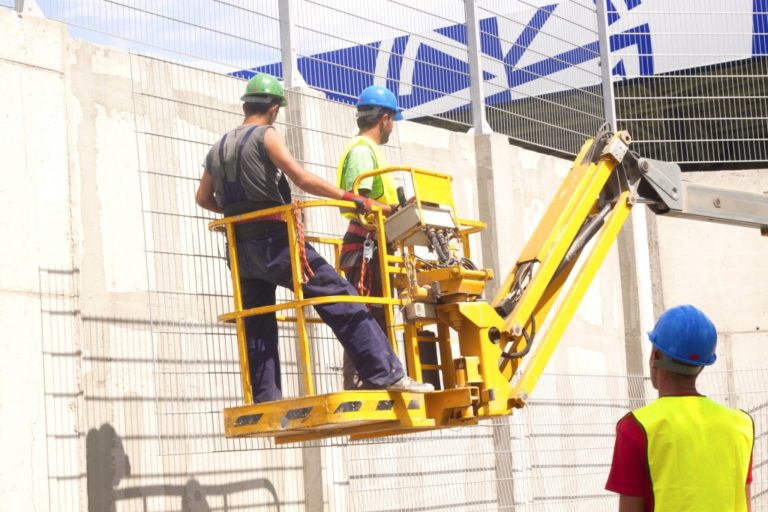Construction workers are at higher risks for incurring severe injuries. They can suffer from falls when doing work high above the ground. They are also at risk for electric shocks, trench collapse, scaffold collapse, and injuries that may result from repetitive movement and machinery malfunction.
As an employer, you may be tempted to skimp on safety-related measures to save on costs. But this is a wrong notion. The more you cut corners, the more likely that your workers will suffer from work-related injuries.
Improving health and safety in the construction sites should be top on the priority list. Here are some tips on keeping a safe workplace for construction workers.
Train Workers Regarding Safety
Construction workers are exposed to all types of injuries, some of which can be fatal. Providing them with enough training on safety and health can prevent such injuries.
With training, these workers can become fully aware of the dangers associated with their work. They can become highly competent not only in performing their jobs but in ensuring that they are working safely as well. Training can also provide them with life-saving skills, which they can use to administer first aid should accidents occur.
Have a Thorough and Regular Inspection of Tools and Machines
Construction tools and machines can sometimes malfunction and lead to accidents. Regular inspection of the machines before starting work should be a practice among workers.
Construction that involves the installation of gas pipes should also use the expertise of a licensed plumber to ensure that all pipelines are working properly. Professional plumbers can perform a thorough inspection on the construction site, helping reduce accidents that may result from leaking gas lines, boiler malfunctions, and leaking steam pipes.
Require Workers to Wear Proper Gear All the Time
It’s crucial that all workers are protected against any possible accidents that may happen in the workplace. Wearing proper protective equipment (PPE) can help protect them from injuries that may result from falling debris, electrical shocks, high-frequency sounds, chemical leaks, and many other related injuries.

Keep Work Areas Neat
Construction sites are always messy. That is why workers in these locations are prone to accidents. But if they make it a point to tidy their areas before or after doing any work, they’re likely to reduce the likelihood of accidents.
Put Up Safety Signs
A safety sign can definitely be a lifesaver. A simple sign that says “Slippery When Wet” can prevent slips or falls on slippery areas. On the same note, a sign that says “High-Voltage Current” will give workers that extra caution to avoid being electrocuted.
Make the signs visible and placed in strategic areas where everyone can see them. The right font, font size and colors are also crucial to your signage design.
Maintain Scaffolding
When putting up scaffolding, make sure that they are constructed on solid ground. Forget about shortcuts, as they may cause immense problems in the structure. The scaffolding should also be examined thoroughly before use, and it should be maintained regularly to ensure that it’s safe for use. Scaffolding collapse is among the leading causes of injuries in construction workers.
Ensuring that workers know how to use the scaffolding properly is also crucial for worker safety.
Keep Open Communication Lines
Communication is crucial in construction work. Each worker should be aware of the potential dangers related to their jobs. Additionally, they should be able to clearly communicate with other people in the site should they see potential risks in their areas of work.
Employers should also be open to discussions with their construction workers. They should ensure that every personnel and staff will be able to comfortably report any accident happening in the workplace. They should be open to feedback and suggestions from their workers. Maintaining a positive work culture within the construction site will greatly enhance the safety protocols in the workplace.
The workers’ safety in construction sites is not only required by law. As the business owner, you have a duty of care to make sure the site is safe, and no incidents will occur that put lives in danger.




